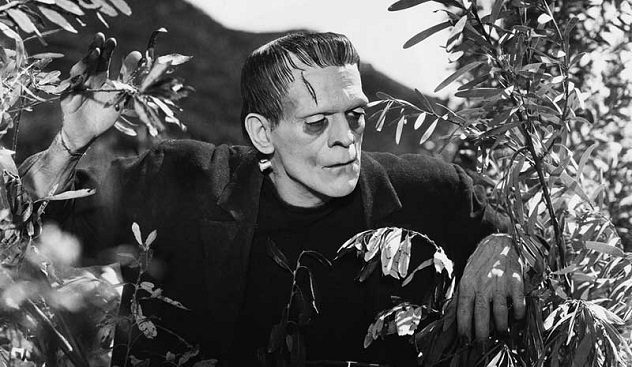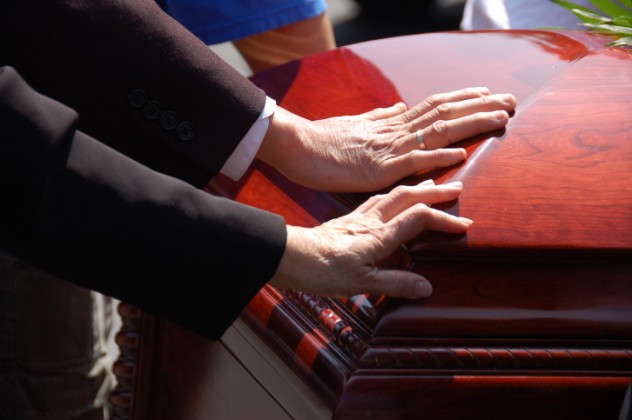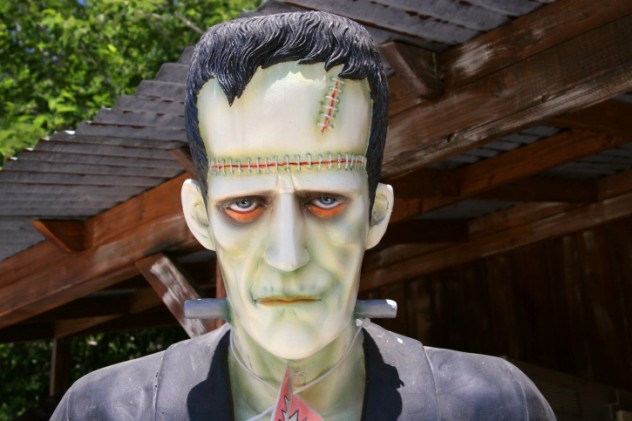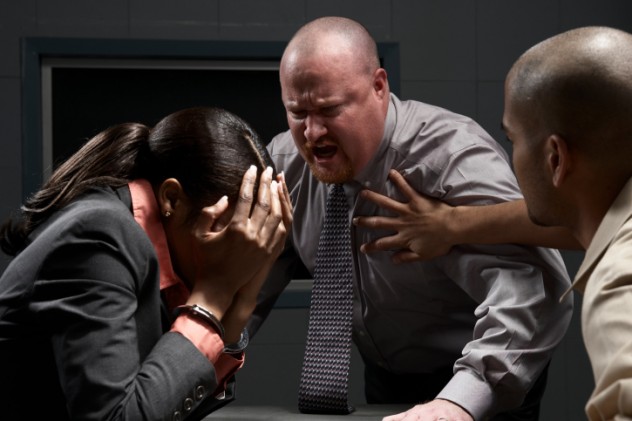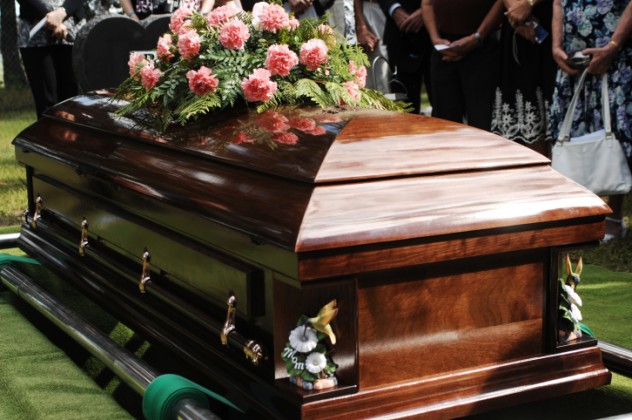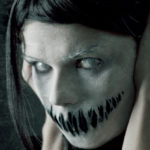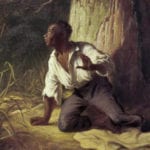10 It Was Written For A Contest
In the summer of 1816, Mary Godwin, her lover Percy Bysshe Shelley, John William Polidori, and Claire Clairmont (Mary’s step-sister) visited Lord Byron in Geneva, Switzerland. The idea was to relax and enjoy the mild Swiss summer, but that summer was especially dreary. Unable to enjoy the outdoors, the group mostly read German ghost stories to entertain themselves. It was that reading that inspired Byron to propose that the group write their own supernatural stories and see who could come up with the best one. Byron wrote only fragments. Polidori really didn’t come up with anything, but came up with something later based on Byron’s ideas. Mary retired for the evening and had a dream of a corpse that came back to life. Based on that dream she wrote Frankenstein. Percy concentrated on facilitating his soon-to-be-wife’s story. She imagined it as a short story, and wrote the first few chapters in a relatively short time. With Percy’s encouragement and editing, she fleshed out the story over the next year or so and turned it into a full-fledged novel.
9 Thomas Edison Made It Into A Movie
The first motion picture adaptation of Frankenstein was made in 1910 (and that’s the entire 12 minutes right up there). Edison Studios produced the film loosely based on the novel. The film was seen as sacrilegious and was considered lost until discovered in the 1950s by a private collector. Despite being a loose interpretation, it was a bit closer than the one you probably know best. In it, the monster is produced in a cauldron (skip to 3:35 in the video), slowly rising from it in a scene reminiscent of the orc births in The Lord of the Rings movie franchise. A skeleton first sticks its head out of the cauldron but quickly grows into a rather hairy humanoid figure. Later scenes introduce him with classic melodrama villain music (around the 7:43 mark), and a few missed frames (from 10:18–10:39) make the monster appear to teleport around like a ghost in the popular TV show Supernatural.
8 The Classic Film Is Nothing Like The Book
For starters, the monster talks in the book. In fact, the monster is quite philosophical about its condition. In the 1931 movie with Boris Karloff (and in most later adaptations), the monster communicates mainly with grunts. The laboratory assistant (who is actually called Fritz in the film, but whom most people recall as “Igor”) isn’t in the book at all. In the film, Frankenstein is a doctor (named Henry) whereas he is a college student when he creates the beast in the book. The movie is based on the stage adaption of Frankenstein by Peggy Webling. Kenneth Branagh’s 1994 film Mary Shelley’s Frankenstein is based on the Shelley book.
7 It Was First Published Anonymously
Frankenstein was published three times in the 19th century—anonymously in 1818, in 1823 after it first appeared on stage, and again in 1831, with significant changes to the 1818 text. The original included an introduction’s from Mary’s husband, Percy Bysshe Shelley. Most critics at the time assumed that it was Percy who had written the book, but modern critics cite the long narratives and triple narrator as evidence of an inexperienced writer, which is exactly what Mary was. She first received a writing credit on the 1823 reprint. It wasn’t so unprecedented that she became a writer—her mother was the famous writer and feminist Mary Wollstonecraft.
6 The Modern Vampire Story Came From The Same Contest
Lord Byron only managed fragments of stories for the writing contest he proposed, including one based on German Vampire legends. John William Polidori used part of Byron’s idea as the inspiration for his own story, which became The Vampyre. Initially there was some confusion about who the author was, as the original publisher listed the book as A Tale by Lord Byron. Byron was quick to point out that The Vampyre was all Polidori’s invention. Polidori did make a pretty clear allusion to his friend Byron in the character or Lord Ruthven, the Vampyre. There are a few familiar elements in the story—the notion of the charming vampire, one who is invited into a home (as in some modern tales such as Let The Right One In), a transfixing gaze, and (of course) the sucking of blood are just a few of the elements that trace their beginnings to The Vampyre. Bram Stoker wrote the world’s most famous vampire story, Dracula, 70 years after The Vampyre.
5 A Tragedy Inspired Mary
There’s a bit of a history surrounding Mary’s dream of a corpse coming back to life. Mary gave birth to a child by Percy in 1815, when he was still married to his first wife, but their daughter, born two months premature, died 11 days later. That incident inspired the back-to-life motif of Frankenstein. Mary Shelley lost three children in all, with only one surviving into adulthood, Percy Florence Shelley. He had no offspring, so there are no direct living descendants of two of the best-known writers of the 1800s.
4 The Names Weren’t Chosen At Random
Though many today incorrectly refer to the monster as “Frankenstein,” that’s actually the name of the creator. The scientist is named Victor Frankenstein, and the creation itself has no name. Among the eponymous titles used by the creature, one is “The Adam of your labors.” Given the obvious God analogies, one popular theory as to why the creator is named Victor is as allusion to Milton’s Paradise Lost where God is the “victor.” The monster even reads Paradise Lost and emits empathy for the Devil. Milton’s classic is the most obvious influence on the work. “Frankenstein” isn’t a random name either. The literal translation is “Stone of the Franks,” and there is a famous Castle Frankenstein which, according to Radu Florescu (a respected Romanian historian), Mary and Percy visited on their way to Switzerland. Chemist Konrad Dippel experimented with human bodies there (allegedly). Florescu concludes that it was Dippel and not a dream that truly inspired Mary, and she wasn’t shy about hiding the reference.
3 The Book Was Controversial And Critically Panned
The controversy stemmed from the God allusions. Frankenstein said he could not speak the words as to how he created the monster, drawing a parallel to the biblical story of God saying “Let there be light.” As a god, Frankenstein is portrayed as aloof, speaking in passive voice and seemingly unaware of what he is creating. The subtitle “The Modern Prometheus” is a reference to the story of Prometheus from Greek mythology. He created man (against the wishes of Zeus) and suffered the fate of having his liver eaten by an eagle, only to grow a new one at night and have the eagle start over the next day. The long monologues and confusing intro facilitated the poor reviews. Oh, and Victor also wants to get in his sister’s pants, which is pretty creepy (she’s adopted, but still). Even back in the 1800s, wanting to bone your sister was controversial.
2 Percy Shelley’s Possible Love Triangle
We mentioned earlier that Mary’s mother was Mary Wollstonecraft, the famed feminist. And when you’re a feminist, especially in the 18th century, you tend to have children “unconventionally.” Mary was her mother’s second child; she had a previous daughter, Fanny Imlay, in a fling with an American while in France. The third child was Claire Clairmont. Mary was the one to win Shelley’s heart (among other parts) but Fanny clearly had an interest in Percy as well. Fanny never really recovered from losing Percy to her younger sister. She remained in correspondence with the couple, but the burden of being the “intellectual runt” of the family caught up to Fanny, and she committed suicide. Clairmont had a child with Lord Byron, but there is speculation that the child was actually Shelley’s. That rumor, plus the poor treatment she received from her stepmother and stepfather, all facilitated Fanny’s demise.
1 Everyone Involved In The Contest Died Tragically
Percy Bysshe Shelley drowned in 1822. Lord Byron died in 1824 of what was likely sepsis. John Polidori committed suicide in 1821. Mary made it out of the 1820s at least, but she died in 1851 of a brain tumor. We should point out that it’s not difficult to draw parallels in history like this. It was the 19th century—everyone was dying all over the place. But you who like drawing these parallels might find it especially telling that the only one from that fateful weekend to live a long life was Claire Clairmont: the only one who didn’t partake in the writing challenge.
+ There Have Been Dozens Of Frankenstein Movies
We mentioned the Edison film and the famous film with Boris Karloff, but there have been many movies featuring the creature in some form. Some have been what you might call “unconventional.” Jesse James Meets Frankenstein’s Daughter fits that category. Abbott and Costello Meet Frankenstein featured a cavalcade of movie monsters (The Creature, Dracula, The Mummy, The Wolfman), but perhaps the most unconventional is Dracula vs. Frankenstein. The 1971 film has space aliens bringing two scientists back to life so they can bring Dracula and Frankenstein’s monster back to terrorize to the world. Now that’s the spirit of Halloween. Jake wrote a trivia e-book filled with crazy stuff like the kind you just read in this list. You can follow him on Twitter for more useless facts.


